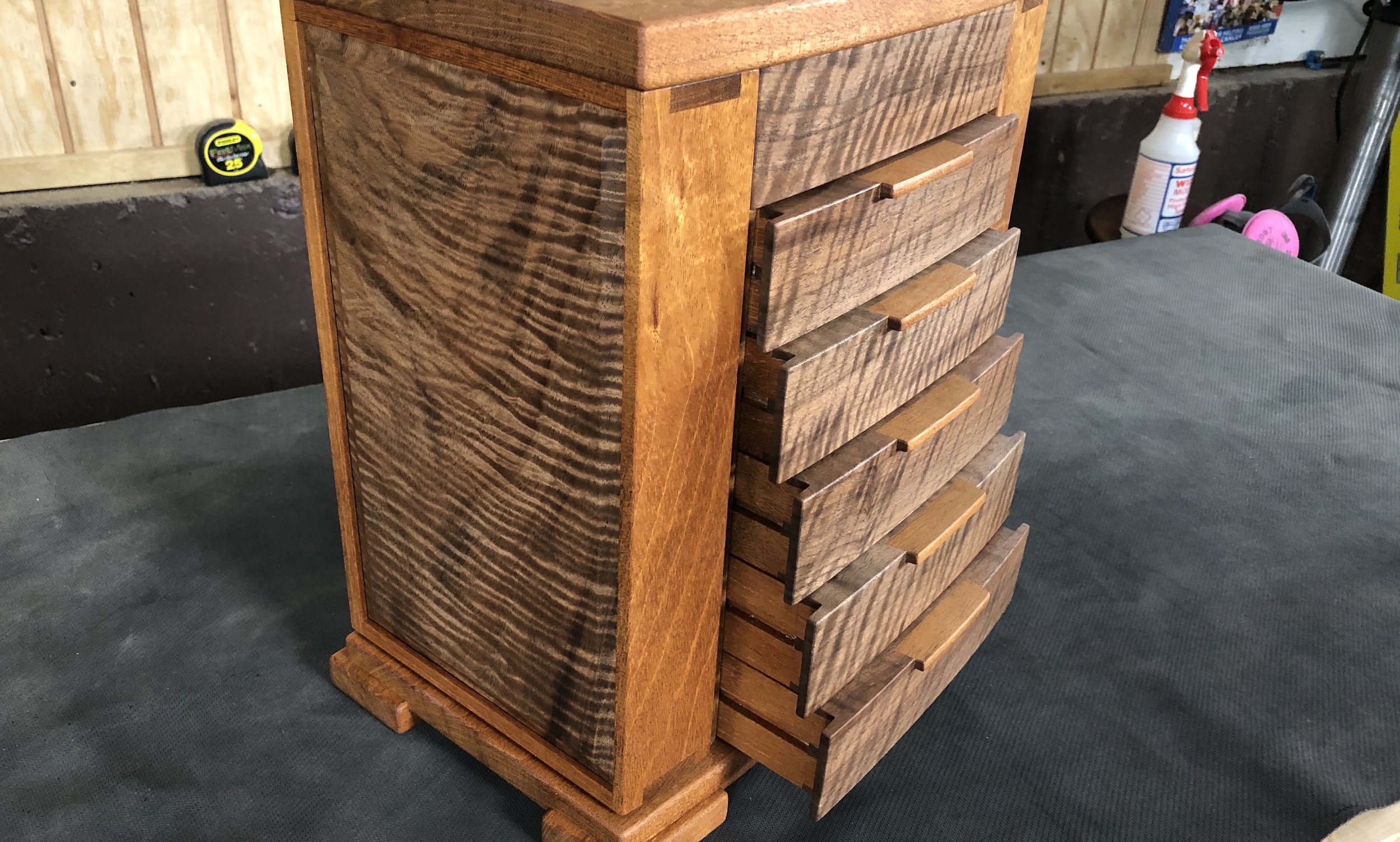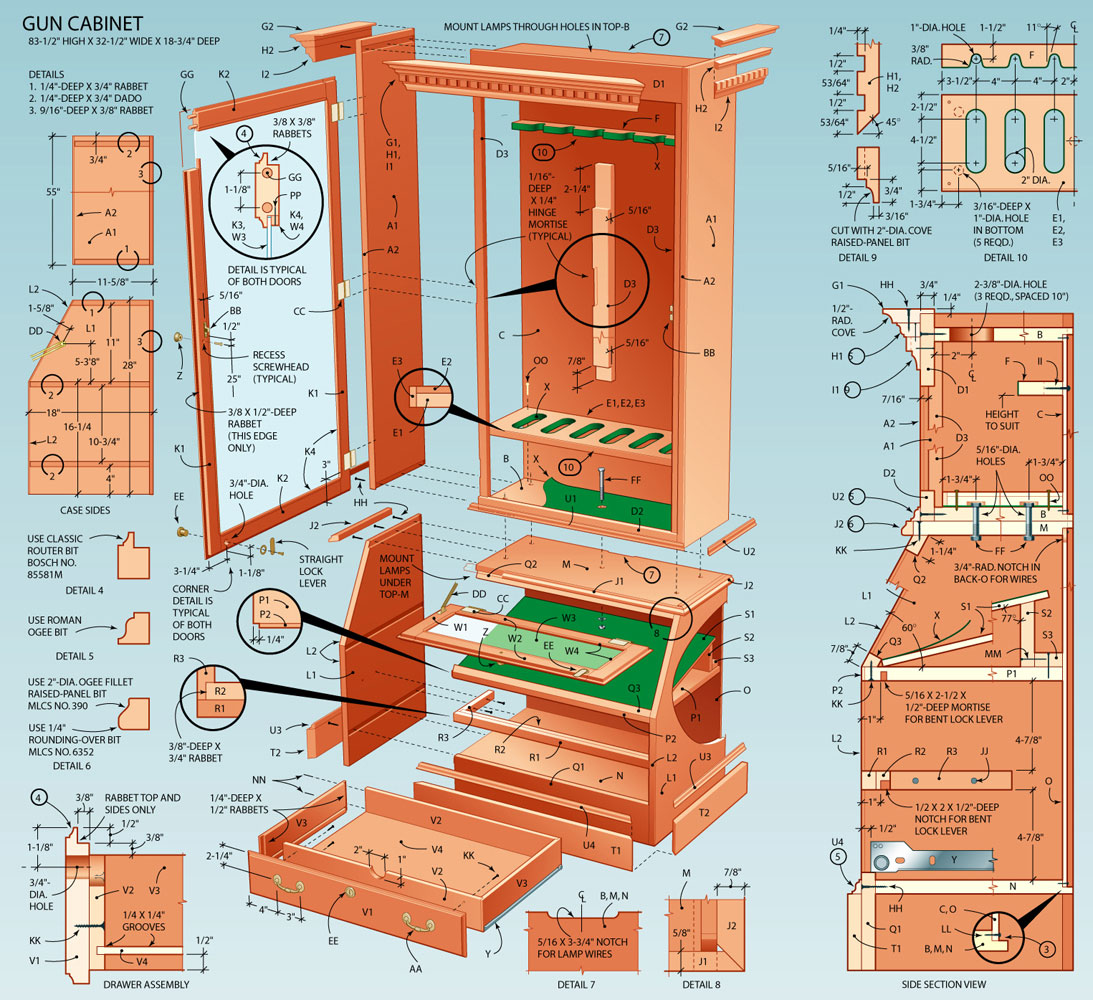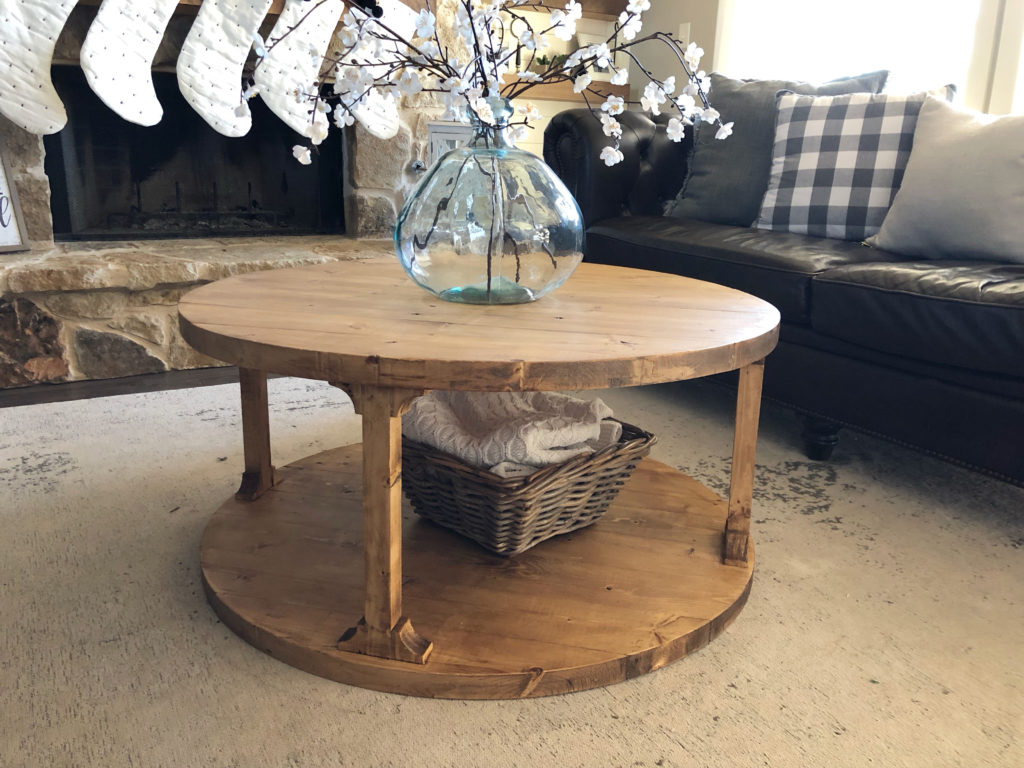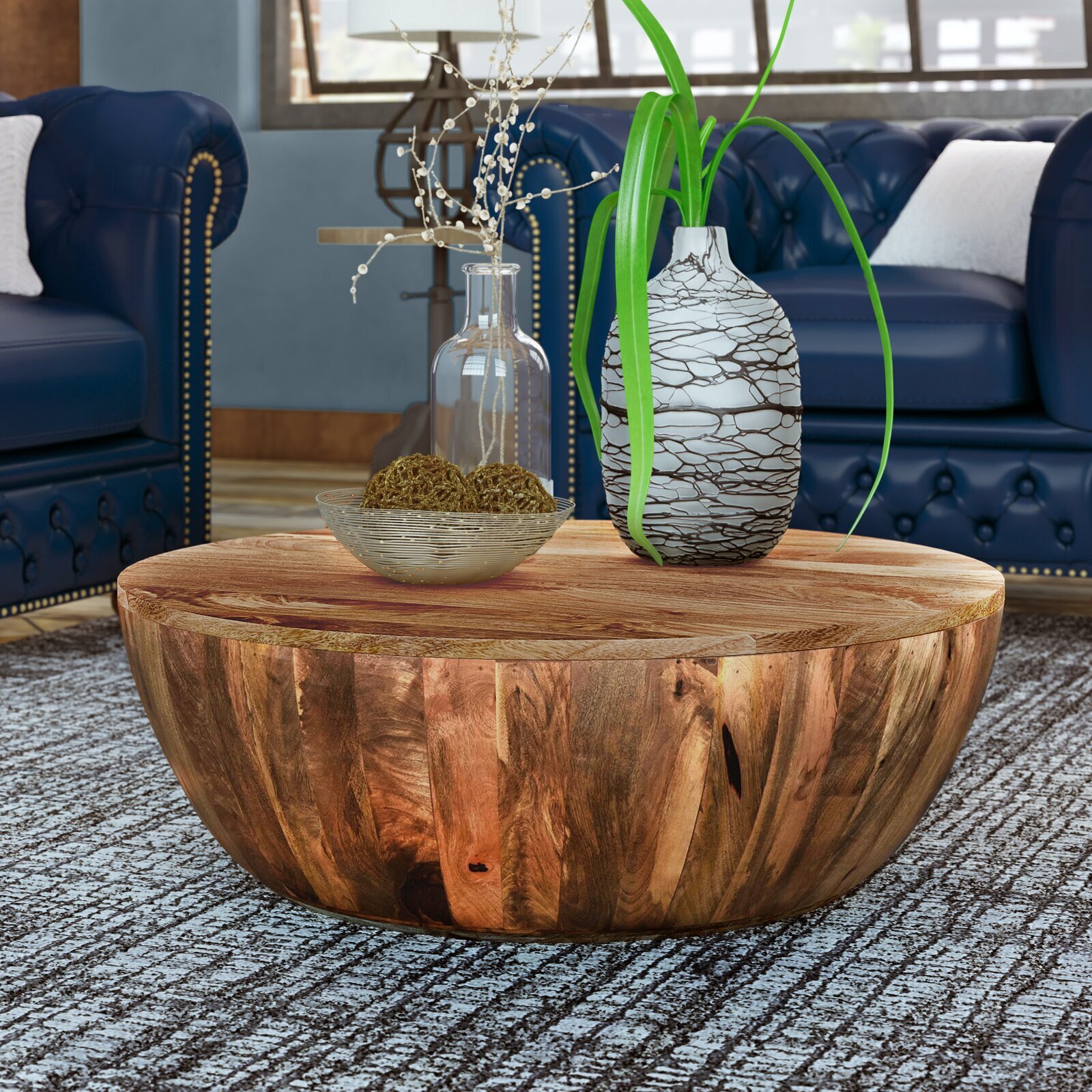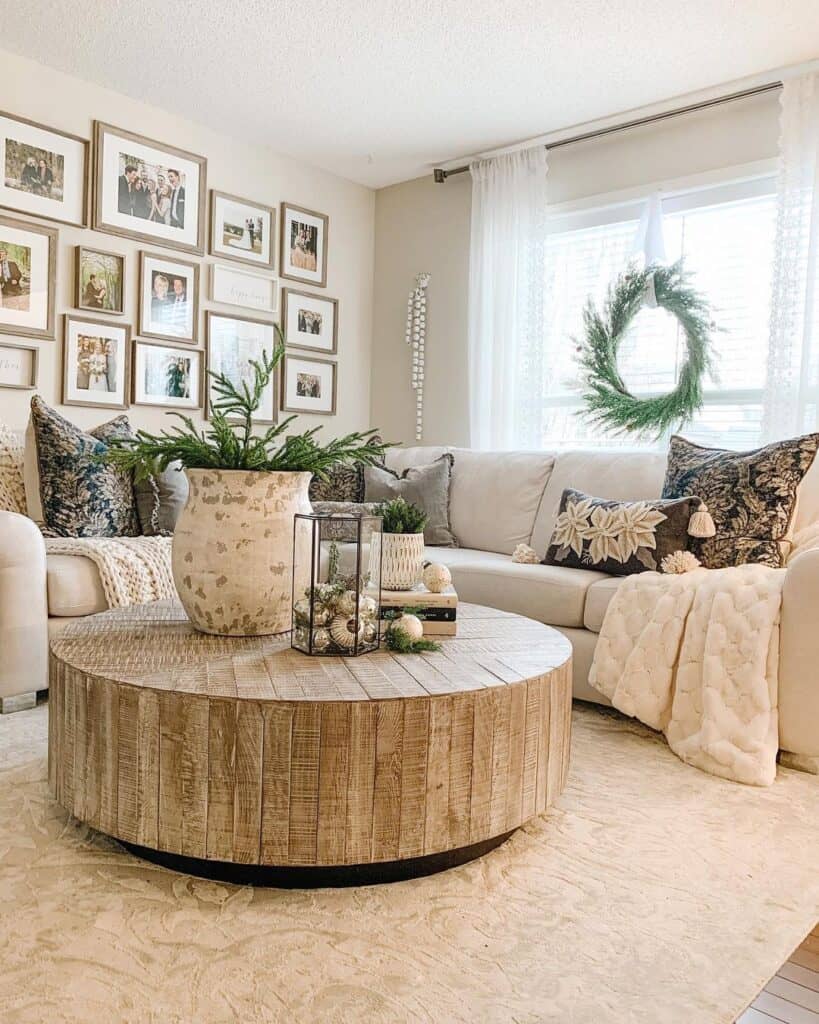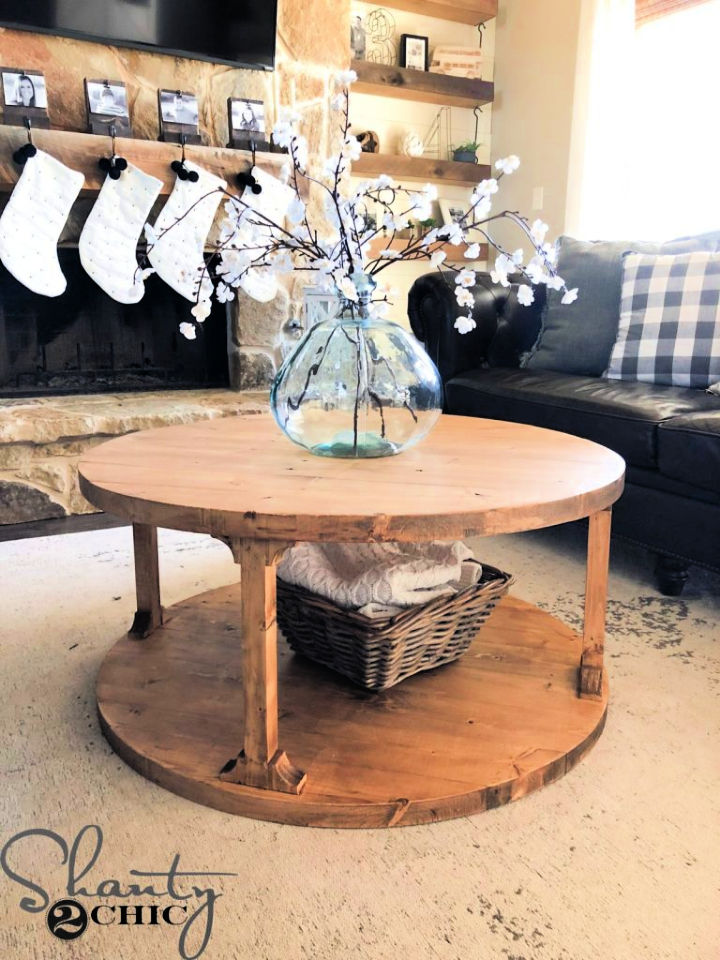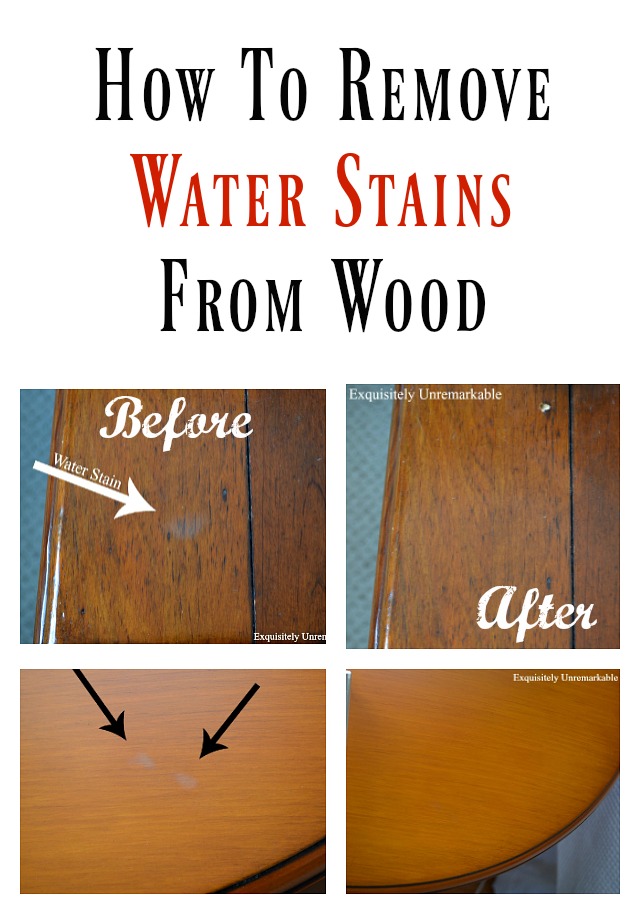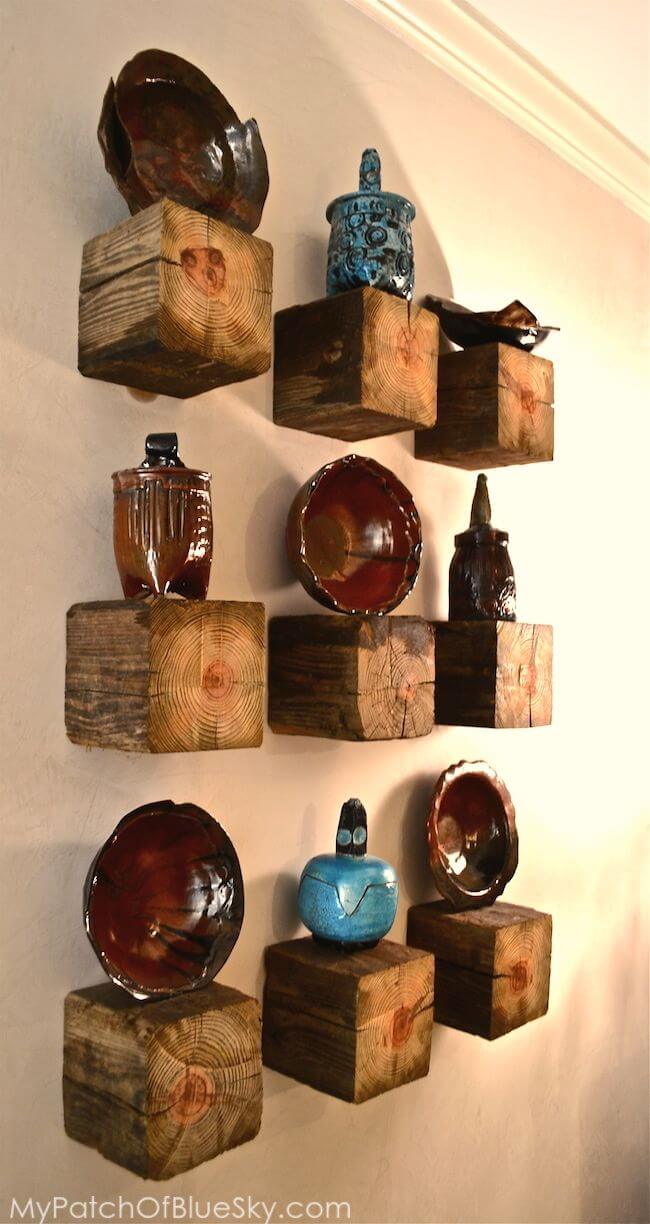
Building Durable, Weather-Resistant Wooden Outdoor Benches
Outdoor benches provide a charming and functional addition to any garden, patio, or deck. With the right construction techniques and a durable finish, you can create a bench that will withstand the elements for years to come. This article will guide you through the process of building a sturdy wooden bench and applying a weather-resistant coating to protect it from the sun, rain, and harsh weather conditions.
Choosing the Right Wood
The choice of wood plays a crucial role in the longevity of your bench. Opt for hardwoods like cedar, redwood, or teak, known for their natural resistance to rot, insects, and weathering. These woods will last longer outdoors and require less maintenance.
Cedar
Cedar boasts a rich, reddish-brown color and emits a pleasant aroma. It naturally resists rot, insects, and moisture, making it a top choice for outdoor furniture.
Redwood
Redwood is another excellent choice, known for its distinctive reddish hue and exceptional durability. Its natural oils provide excellent protection against the elements.
Teak
Teak is renowned for its strength, durability, and natural oil content, making it a premium option for outdoor furniture. It develops a beautiful silver-gray patina over time, adding to its character.
If you prefer a more affordable option, consider pressure-treated pine or spruce. These woods are treated with chemicals to make them resistant to rot and insects, but they may require more frequent maintenance.
Designing Your Bench
Before you begin construction, carefully consider the design and size of your bench.
Dimensions
Measure the space where you plan to place the bench and determine the desired length and width.
Style
Explore various bench styles, from simple straight benches to curved designs with arms or backs. You can find inspiration online or in design books.
Construction Plan
Draw a detailed plan or find a free online blueprint that suits your needs. A well-thought-out plan will help you visualize the final product and streamline the construction process.
Gathering Materials and Tools
Once you have a design and plan, gather the necessary materials and tools. Here's a list of common items you will need:
- Wooden lumber, based on your design and dimensions
- Wood screws or bolts
- Wood glue
- Measuring tape
- Level
- Circular saw or hand saw
- Drill with bits suitable for wood
- Clamps
- Safety glasses and gloves
- Weather-resistant coating (paint, stain, or sealant)
- Paintbrush or sprayer
Construction Process
With all your materials and tools ready, follow these steps to build your bench:
Cut the Lumber
Use your saw to cut the lumber according to your plan. Measure twice and cut once to ensure accurate dimensions.
Assemble the Frame
Start by assembling the frame of the bench. Join the pieces together using wood screws, bolts, or glue, depending on your design. Use clamps to secure the pieces while they bond.
Construct the Seat and Back
Attach the seat boards to the frame, making sure they are level and evenly spaced. If your design includes a back, attach it to the frame in the same manner.
Sand the Surface
Once the bench is assembled, sand the entire surface to remove any rough edges or splinters. This will ensure a smooth and comfortable finish.
Applying a Durable, Weather-Resistant Coating
A proper weather-resistant coating is essential to protect your bench from the elements and extend its lifespan. Here's a guide to choosing and applying the right coating:
Choosing a Coating
There are various options for weather-resistant coatings, each with its own advantages and disadvantages.
- Paint provides a durable, colorful finish and can be easily refreshed when needed.
- Stain allows the natural grain of the wood to show through while providing protection against the elements.
- Sealant creates a protective barrier that repels water and moisture.
Consider the desired look, level of protection, and ease of maintenance when selecting a coating.
Applying the Coating
Follow the manufacturer's instructions for preparing and applying the coating. Generally, you will need to clean the bench surface, apply the coating in thin, even coats, and allow it to dry completely between coats.
Maintenance
Depending on the type of coating and the amount of exposure to the elements, your bench may require regular maintenance.
- Paint may need touch-ups or a complete repaint every few years.
- Stained benches may need to be restained every few years to maintain their color and protection.
- Sealant typically needs to be reapplied every year or two.
Regular cleaning and occasional maintenance will help your bench last longer and keep it looking its best.
Finishing Touches
Once the coating is dry, you can add finishing touches to personalize your bench:
- Hardware: Consider adding decorative hardware like hinges, latches, or bolts to enhance the design.
- Cushions: Add cushions for extra comfort.
- Plants: Place potted plants or flowers around the bench to create a vibrant and inviting setting.
Enjoy your new, durable outdoor bench, knowing that it will provide a comfortable and stylish seating option for years to come.



